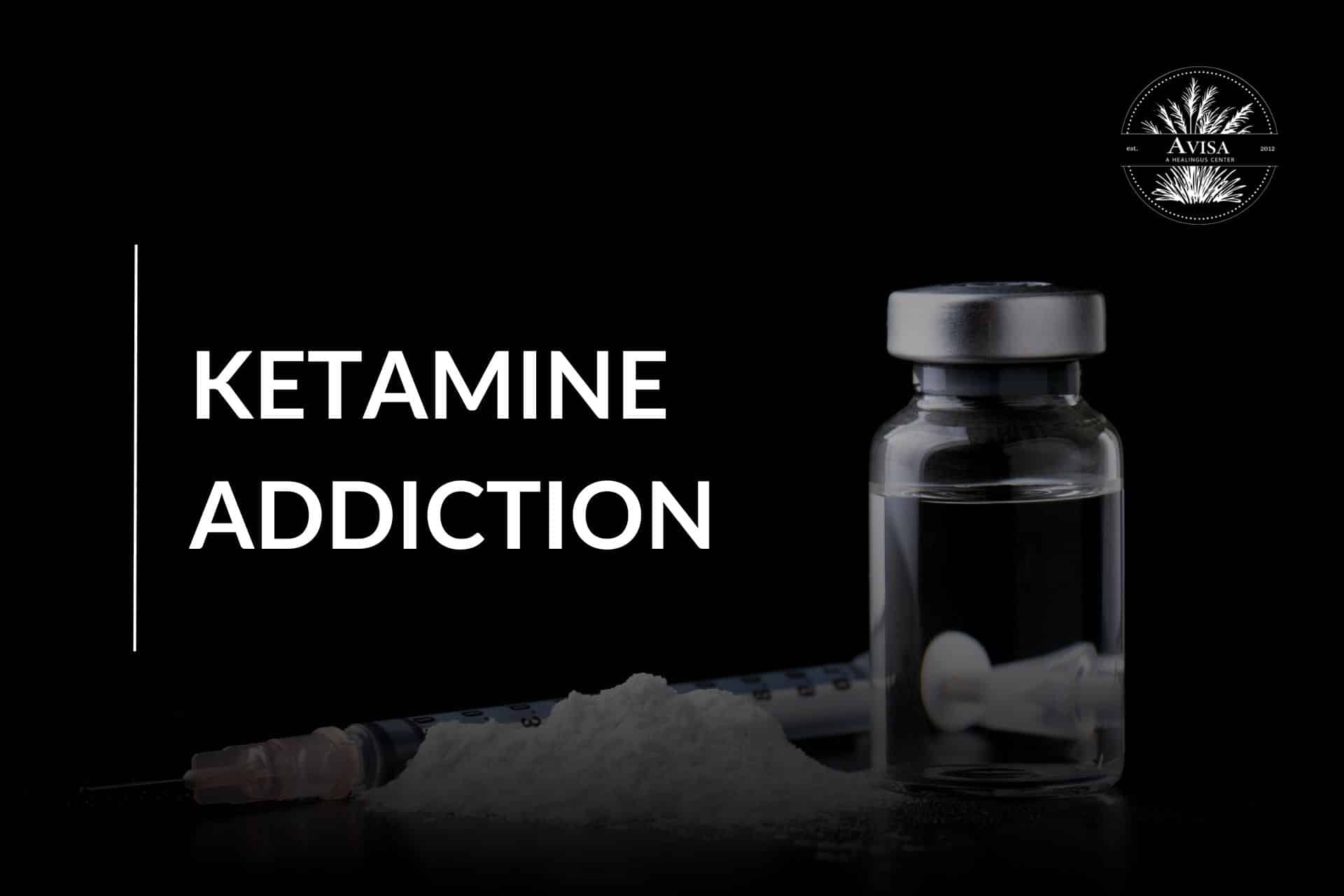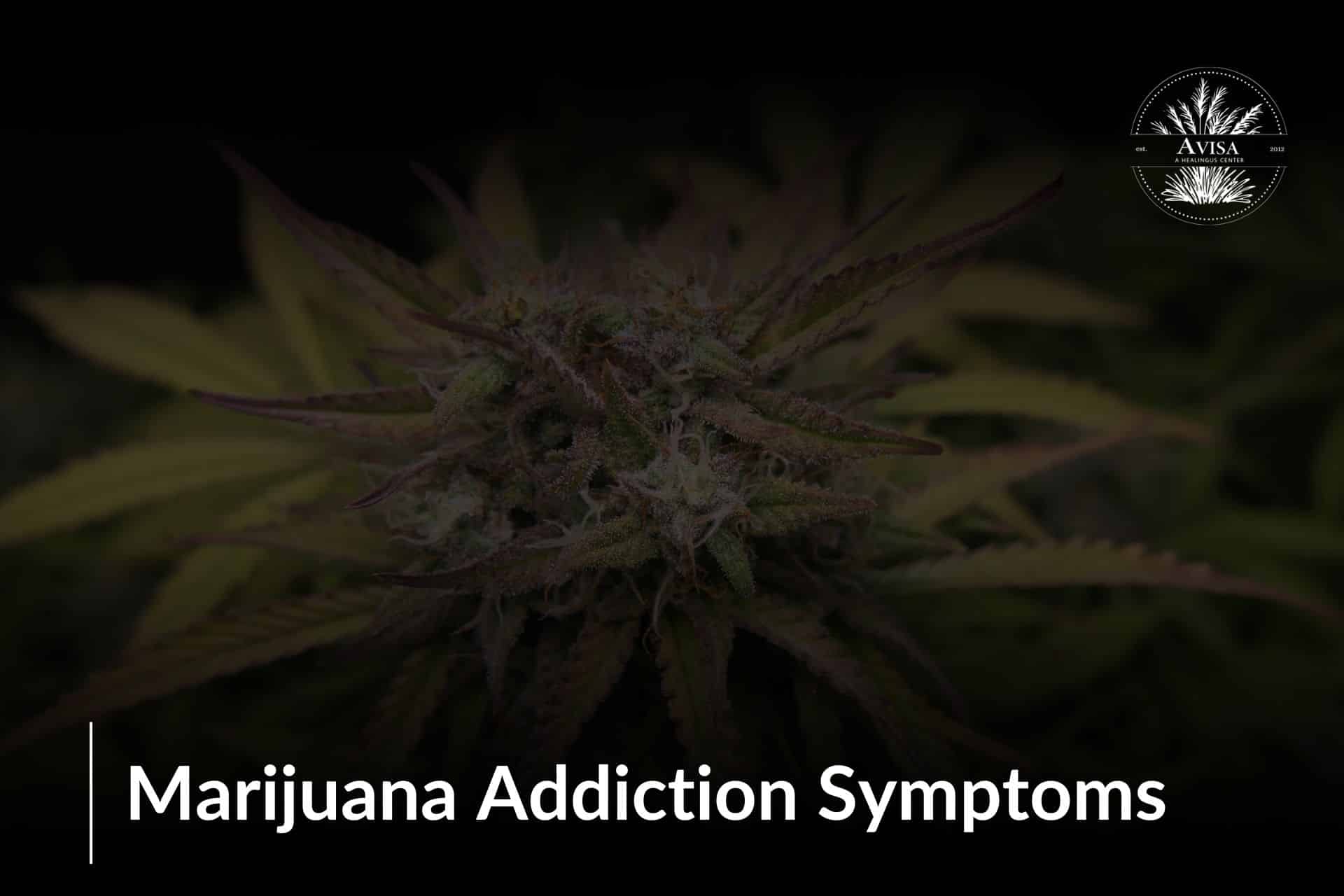Tramadol, a prescription pain medication, and alcohol, a common beverage, seem like an unlikely duo. Yet, situations may arise where someone is prescribed tramadol and also consumes alcohol. Perhaps you’re at a social gathering after a doctor’s visit, or maybe you’re dealing with chronic pain and unwinding with a drink.
Whatever the reason, it’s critical to understand the significant risks and dangers associated with mixing tramadol and alcohol. This video is dedicated to informing you about the potential consequences of this combination, empowering you to make safe and responsible decisions regarding your health.
What is Tramadol?
Tramadol is a prescription pain medication belonging to a class of drugs called opioid analgesics. Opioid analgesics are medications derived from or act similarly to opium, known for their powerful pain-relieving properties. However, unlike some other opioids, tramadol also has weak effects on serotonin and norepinephrine, neurotransmitters in the brain that influence mood and perception of pain.
Medical Uses of Tramadol
Tramadol is primarily prescribed to manage moderate to moderately severe pain, often following surgery, injuries, or chronic pain conditions like arthritis. Due to its milder opioid effects compared to other options, it may be a suitable choice for individuals who cannot tolerate stronger pain medications or who require a medication with a lower risk of dependence.
Common Medical Applications
- Post-surgical pain management
- Pain relief from injuries (sprains, fractures)
- Chronic pain management (arthritis, back pain)
- Nerve pain
Important Considerations:
It’s important to be aware of the potential side effects and risks associated with tramadol use. These can include:
- Drowsiness and dizziness
- Nausea and vomiting
- Constipation
- Headache
- Seizures (at high doses)
- Difficulty breathing (rare)
- Dependence and addiction (with prolonged use)
Due to these potential risks, tramadol should only be taken under the supervision of a doctor and exactly as prescribed. It’s crucial to disclose any other medications you’re taking, as tramadol can interact with certain drugs and increase the risk of severe side effects.
What is Alcohol?
Alcohol, also known as ethanol or ethyl alcohol, is a psychoactive substance found in fermented beverages like wine, beer, and liquor. It’s the intoxicating ingredient responsible for the effects people experience after consuming alcoholic drinks.
Common Forms of Alcohol
- Ethanol (Ethyl Alcohol): This is the type of alcohol present in alcoholic beverages and the one that produces intoxicating effects.
- Methanol (Methyl Alcohol): This is a highly toxic form of alcohol and can be fatal if consumed. It can be found in industrial products and should never be ingested.
Social and Recreational Use
Alcohol consumption is deeply ingrained in many cultures and social settings. People enjoy alcoholic drinks for various reasons, including:
- Relaxation and stress relief
- Social lubrication and enjoyment at gatherings
- Cultural or religious celebrations
- Part of a meal pairing with certain foods
Potential Side Effects and Risks
While moderate alcohol consumption for some individuals may not pose a significant health risk, excessive or regular drinking can lead to a range of negative consequences:
- Impaired judgment and coordination: Alcohol affects the central nervous system, leading to poor decision-making, slowed reflexes, and increased risk of accidents or injuries.
- Liver damage: Long-term heavy drinking can damage the liver, leading to cirrhosis, a severe and potentially life-threatening condition.
- Addiction: Regular alcohol use can lead to dependence and addiction, characterized by a strong urge to drink despite negative consequences.
- Increased risk of certain cancers: Excessive alcohol consumption is linked to an increased risk of developing certain types of cancer, including mouth, throat, liver, and breast cancer.
- Mental health problems: Alcohol abuse can exacerbate or contribute to mental health issues like anxiety and depression.
- Accidents and injuries: Alcohol impairment is a major factor in drunk driving accidents, falls, and other preventable injuries.
Understanding the potential side effects of both tramadol and alcohol is crucial before considering consuming them together.
Interactions Between Tramadol and Alcohol
Alcohol, a central nervous system (CNS) depressant, enhances the effects of gamma-aminobutyric acid (GABA) in the brain, leading to sedation and reduced neural activity. When tramadol and alcohol are consumed together, their CNS depressant effects can potentiate each other, leading to enhanced and prolonged sedation, respiratory depression, and impaired motor and cognitive functions.
Effects of Combining Tramadol and Alcohol
Combining tramadol and alcohol can lead to harmful effects, including:
- Enhanced Sedation: Profound drowsiness, making it difficult to stay awake or alert.
- Increased Impairment: Significant impairment of cognitive and motor functions, raising the risk of accidents and injuries.
- Heightened Euphoria: Intensified euphoric effects, potentially leading to misuse and dependence.
Increased Risk of Overdose and Adverse Reactions
The combined use of tramadol and alcohol significantly increases the risk of overdose. Both substances depress the CNS, and their interaction can result in:
- Respiratory Depression: The suppression of respiratory function can become severe, leading to dangerously slow or shallow breathing, which can be fatal.
- Cardiovascular Collapse: Both substances can lower blood pressure and heart rate, potentially leading to fainting, shock, or cardiac arrest.
- Seizures: Tramadol lowers the seizure threshold, and alcohol can exacerbate this effect, increasing the likelihood of convulsions.
Impact on Cognitive and Motor Functions
The interaction between tramadol and alcohol can have a profound impact on cognitive and motor functions:
- Cognitive Impairment: Combining these substances can lead to confusion, impaired judgment, memory problems, and difficulty concentrating.
- Motor Impairment: Coordination, balance, and reaction times are adversely affected, increasing the risk of falls, motor vehicle accidents, and other injuries.
Influence on Respiratory and Cardiovascular Systems
The depressant effects on the respiratory and cardiovascular systems are among the most dangerous interactions between tramadol and alcohol:
- Respiratory System: The risk of respiratory depression is significantly heightened, potentially leading to hypoxia (insufficient oxygen reaching the tissues) or respiratory arrest.
- Cardiovascular System: Both substances can lower blood pressure and heart rate, compounding the risk of severe hypotension (dangerously low blood pressure) and bradycardia (abnormally slow heart rate).
The combination of tramadol and alcohol poses significant health risks, including enhanced sedation, cognitive and motor impairment, increased risk of overdose, and severe respiratory and cardiovascular depression. Individuals prescribed tramadol should be advised to avoid alcohol to mitigate these dangers.
Treatment and Management of Tramadol and Alcohol Interaction
If someone has combined tramadol and alcohol, it is crucial to seek immediate medical assistance. The interaction between these substances can lead to life-threatening conditions such as severe respiratory depression, cardiovascular collapse, or seizures. Prompt medical intervention can mitigate these risks and prevent potentially fatal outcomes.
1. Medical Interventions and Treatment Options
● Activated Charcoal: Limits absorption if ingested recently.
● Naloxone: Reverses tramadol effects, especially respiratory depression.
● Supportive Medications: Manage seizures and stabilize blood pressure and heart rate.
2. Supportive Care and Monitoring
● Respiratory Support: Oxygen therapy or mechanical ventilation.
● Cardiovascular Monitoring: Continuous monitoring of heart rate and blood pressure.
● Neurological Observation: Regular assessments to detect cognitive impairments or seizures.
3. Long-Term Management Strategies
● Substance Abuse Treatment: Comprehensive programs, including counseling and behavioral therapy.
● Therapeutic Support: Ongoing therapy to develop coping strategies and prevent relapse.
● Lifestyle Changes: Encouraging healthy habits like exercise and nutrition.
● Monitoring and Follow-Up: Regular medical and mental health evaluations.
In summary, effective management includes immediate medical care, supportive hospital treatment, and long-term recovery strategies.
FAQs
What should I avoid when taking tramadol?
Using alcohol or other CNS-affecting medications with tramadol can exacerbate its side effects, including dizziness, difficulty concentrating, drowsiness, unusual dreams, and sleep disturbances.
Can you drink alcohol with tramadol naproxen?
Alcohol can enhance the nervous system side effects of tramadol, such as dizziness, drowsiness, and difficulty concentrating. Some individuals may also experience impaired thinking and judgment. It is advisable to avoid or limit alcohol consumption while being treated with tramadol.
What Cannot be used with tramadol?
Tramadol should not be used with MAO inhibitors or serotonin precursors (like L-tryptophan and oxitriptan) and should be used cautiously with other serotonergic drugs (such as triptans, certain tricyclic antidepressants, lithium, and St. John’s Wort) due to the risk of serotonin syndrome.
Is tramadol hard on the liver?
Tramadol is metabolized by the liver, which means there is a potential risk of liver damage. However, liver damage is uncommon when tramadol is taken at the prescribed doses. If liver issues occur, they are usually mild and tend to resolve independently.
Conclusion
Mixing tramadol and alcohol is a dangerous combination that can lead to severe and life-threatening health risks. The combined depressant effects on the central nervous system significantly increase the chances of enhanced sedation, cognitive and motor impairment, overdose, and severe respiratory and cardiovascular depression. Understanding these risks is crucial for making safe and responsible decisions regarding your health.
Prioritize your health and safety by being informed about the medications you take and the substances you consume.
If you or someone you know is dealing with substance misuse, don’t hesitate to reach out to Avisa. Support is available, and recovery is possible.











